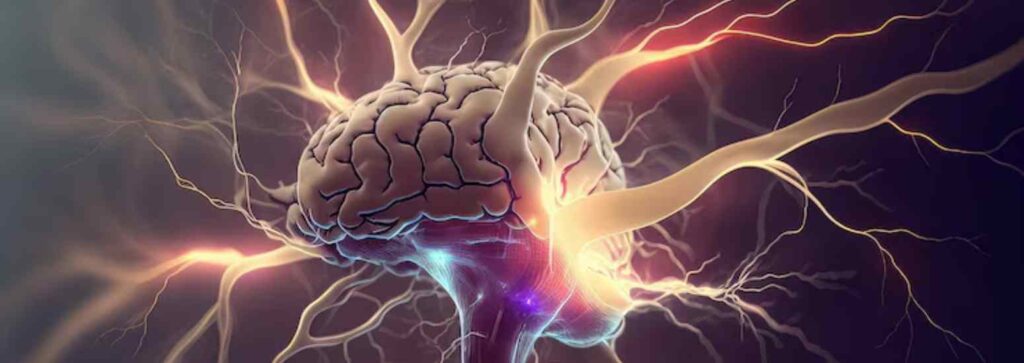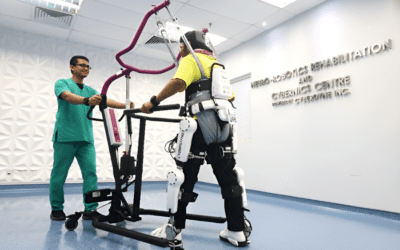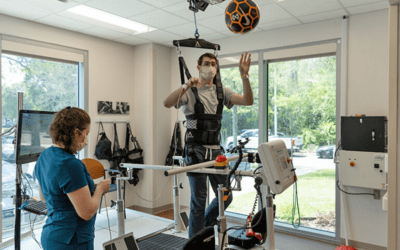Neurological disorders, which affect the brain, spinal cord, and nerves, can significantly impact quality of life. Early detection of these conditions is essential for effective treatment. This blog will focus on one of those topics: common neurological disorders, and how to recognize the symptoms.
1. Headache: Symptoms and Diagnosis
Headaches are a common problem among many people. Some of them are due to stress, dehydration or in case there is some tension and then the worse condition if they happen so many times persistently cause headache.

Types of Headaches
- Tension Headaches are dull aching in character and may be felt like tight band around the head. They are often blamed on stress or bad posture, and may be confused with other neurological conditions.
- A migraine is a severe headache usually affecting one side of the head, and producing throbbing or pulsating pain. Typically, they are associated with nausea, vomiting and an increased sensitivity to light and sound.
- Cluster Headaches are extremely painful headaches that happen quickly on one side of the head and come in clusters. Much less common but far more severe, these often occur in cycles.
2. Stroke: Recognizing the Signs
If blood supply to the brain is interrupted abruptly, it will bring about a stroke that can create devastating brain injury. The sooner a stroke is recognized, the less damage it will cause.
Symptoms of Stroke
- Sudden Numbness or Weakenss: Especially on one side of the body. This can involve the face, arm or leg.
- Slurred speech, Trouble in understanding speech are common stroke signs.
- Vision impairment: Sudden vision loss in one or both eyes can be a sign of stroke.
- Thunderclap Headache: The worst headache of your life with no known cause
3. Seizures: Identifying Different Types
Seizures result from abnormal electrical activity within the brain and may vary quite a bit in terms of how they present. Identifying the manner of seizure is crucial to differentiate between different diagnoses and treatment.
Types of Seizures
- Generalized Seizures involve the entire brain and therefore, result in loss of consciousness along with a convulsion or muscle contractions. Symptoms might consist of stiffening muscles or jerking movements.
- Focal Seizures impact only part of the brain, leading to symptoms that are limited in localization such as abnormal senses or movements.
- Absence Seizures are frequently confused with daydreaming and involve brief times of unconsciousness or staring episodes, usually seen in kids.

4. Parkinson’s Disease: Key Symptoms to Watch For
Parkinson’s disease destroys the dopamine-producing neurons in the brain at a steady pace, a vital chemical for bodily movement. Early recognition can help manage symptoms effectively.
Symptoms of Parkinson’s Disease
- Tremors: Causes shaking or trembling, often in one hand. This is one of the hallmark features of Parkinson’s disease.
- Bradykinesia: Slowness of movement & difficulty in initiating or completing movements.
- Rigidity: Muscle stiffness, which commonly involves the arms and legs or neck.
- Balance Issues: You might have difficulty with the balance of body and coordination that tend to make you fall down very often.
5. Cerebral Palsy: Signs and Symptoms
Cerebral palsy is a group of disorders affecting muscle tone and movement caused by brain damage that occurs before or shortly after birth.
Signs of Cerebral Palsy
- Abnormal Muscle Tone: Limbs may be tight resulting in stiff, awkward movements and abnormal muscle tone (hypotonia).
- Motor Skills Issues: Difficulty with coordination, poor fine-motor control.
- Involuntary Movements: Uncontrollable movements or shaking that may affect body functions.
- Speech Difficulties: Issues with clear pronunciation or other vocal disabilities.
Key takeaways
Recognizing the signs of common neurological disorders such as headache, stroke, seizures, Parkinson’s disease, and cerebral palsy is crucial for seeking timely medical help. If you or someone you know experiences any of these symptoms, it’s vital to consult a healthcare professional for a proper diagnosis and treatment plan. Taking action early can make a significant difference in managing the condition and improving overall quality of life. Stay informed and proactive about neurological health for a healthier and happier life!



